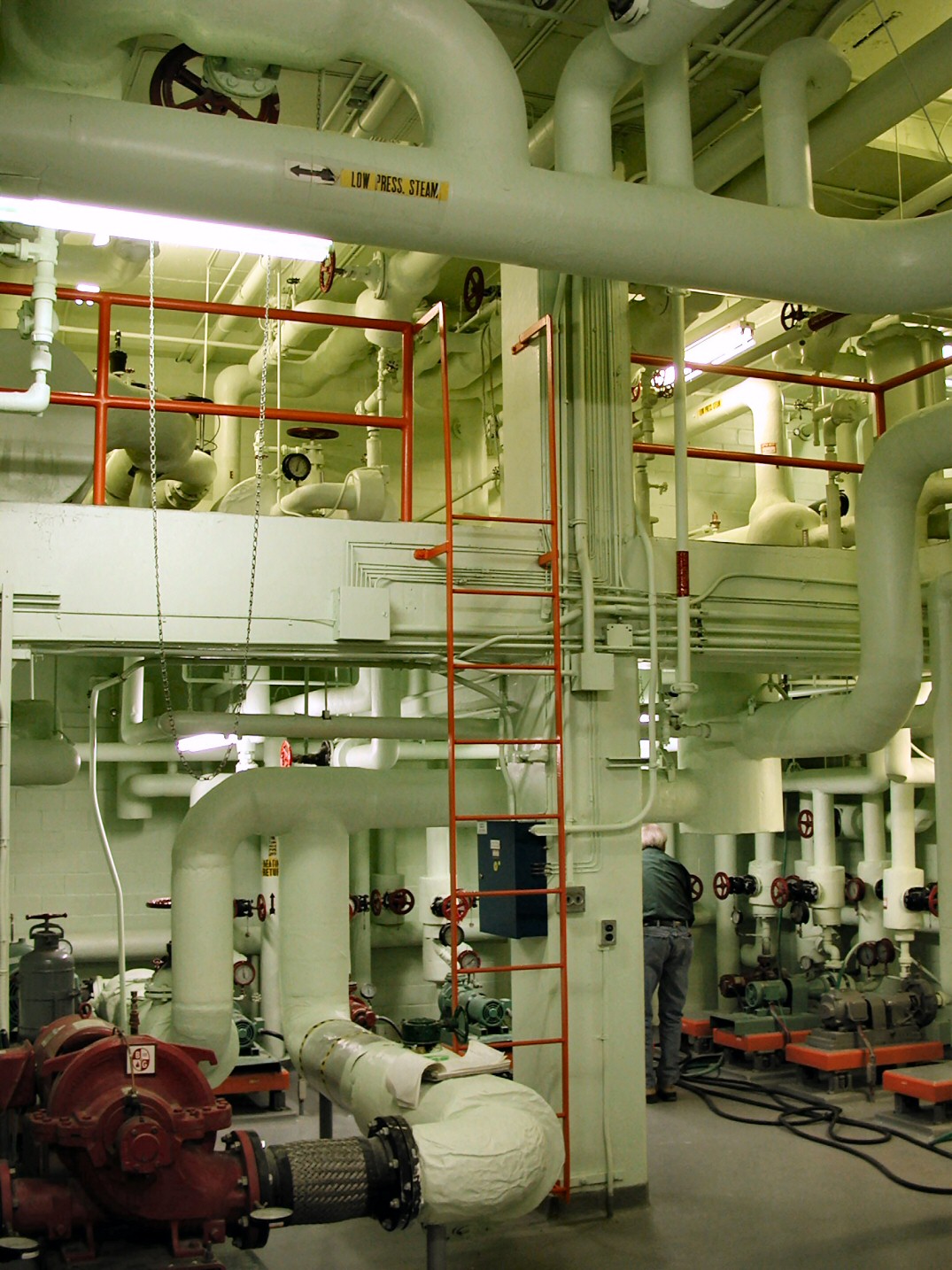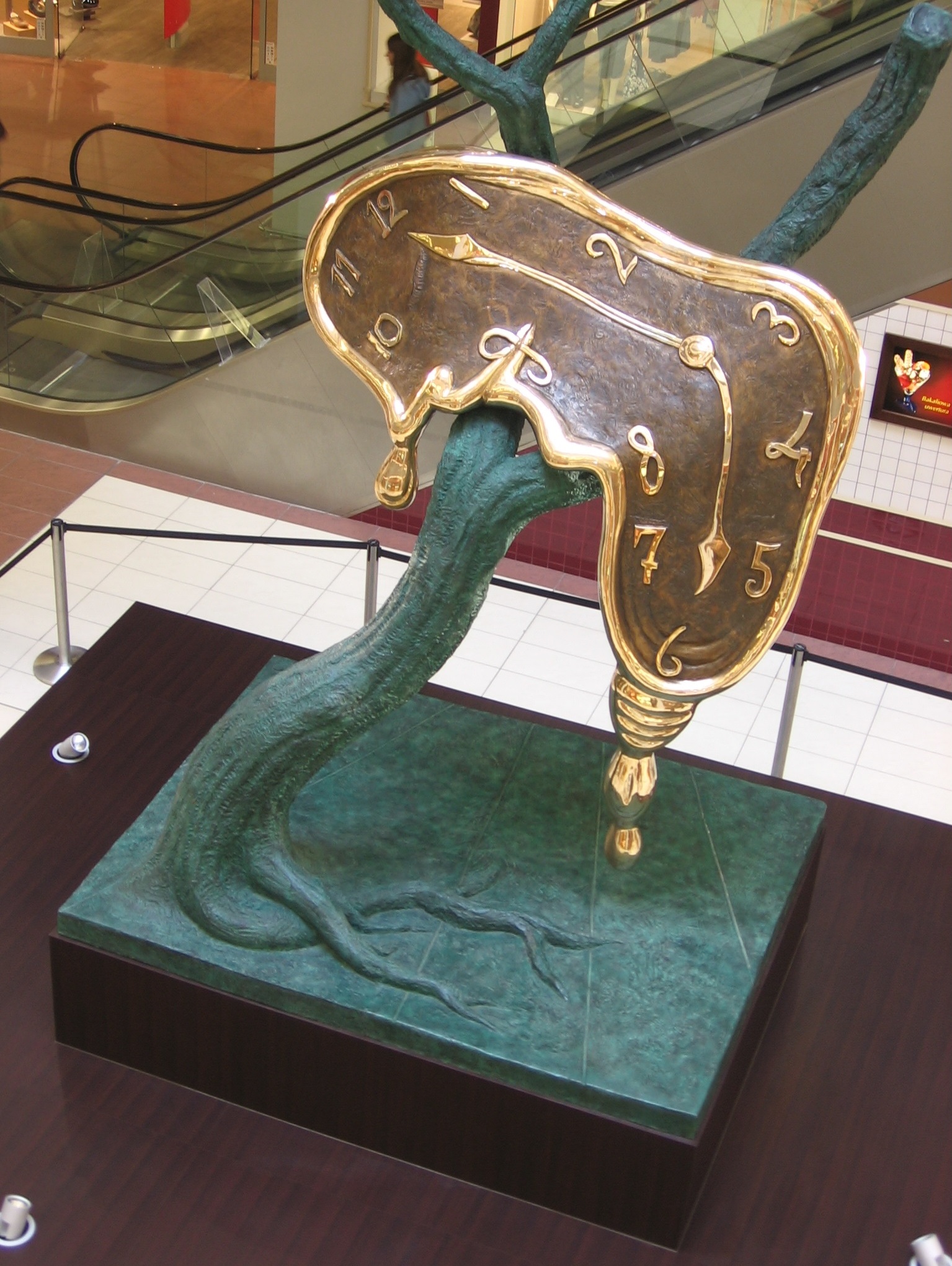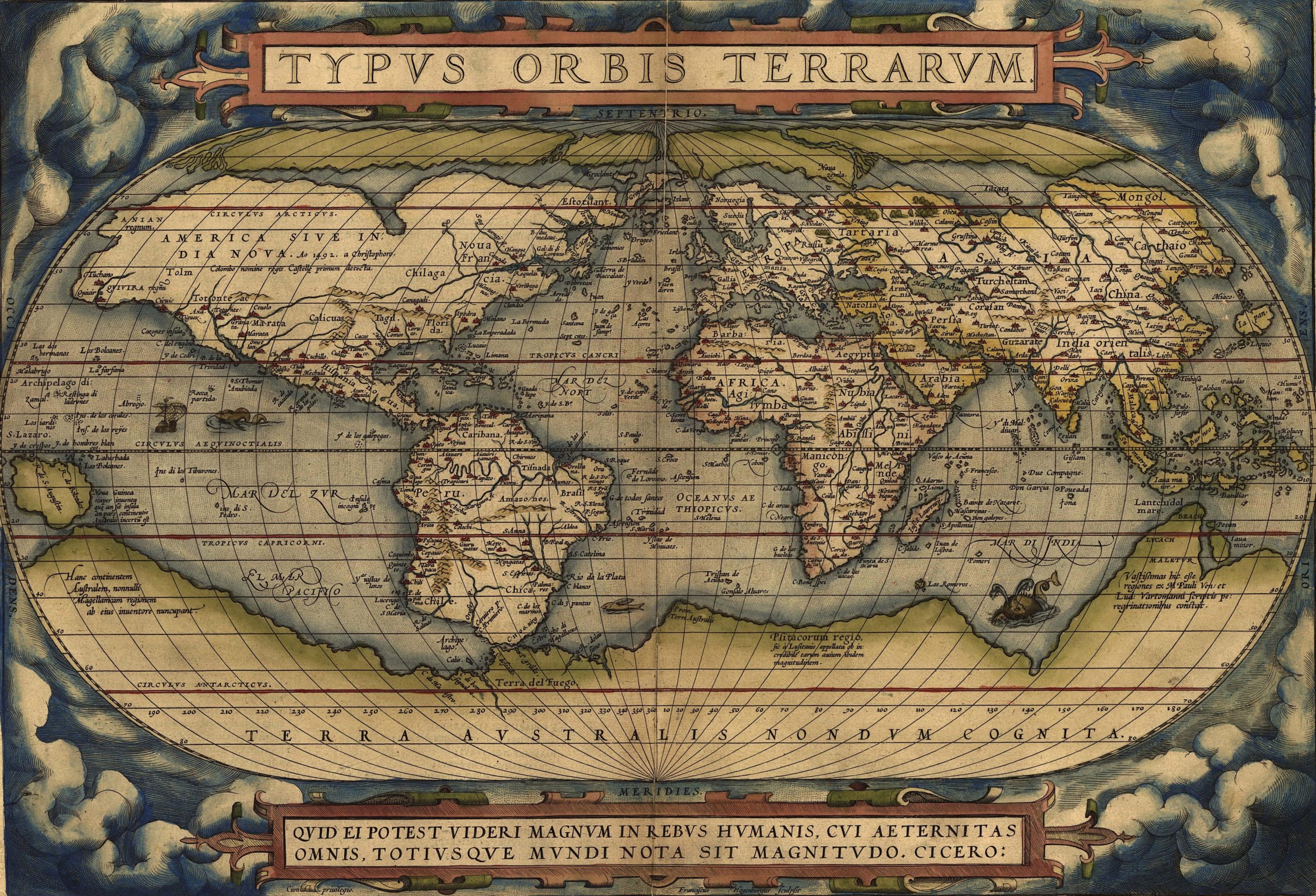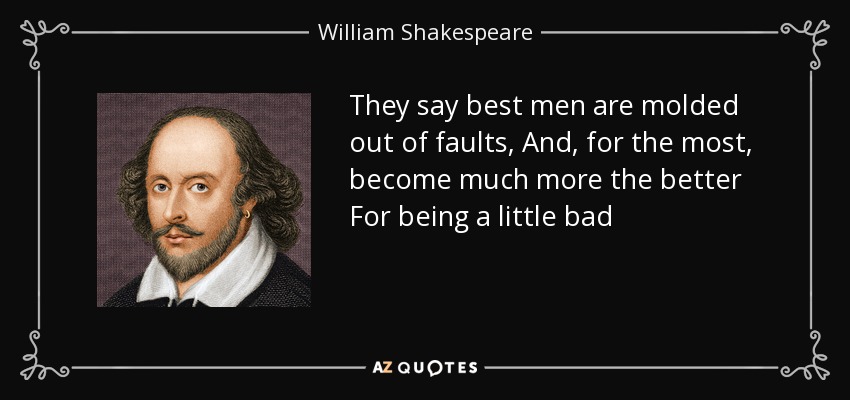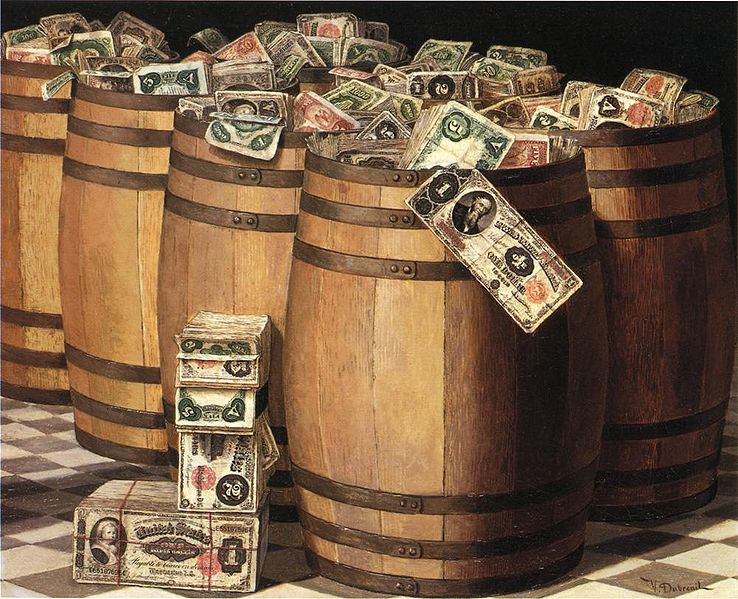“A machine, to be economical, should be capable of being worked at any time,
day or night, summer and winter, with trifling exception.”
— Thomas Tredgold (1882 “Practical Essay on the Strength of Cast Iron and Other Metals“)
Today we scan of redlines of titles open for public consultation in the mechanical engineering domain as it is understood in building construction disciplines. After architectural elements, mechanical systems in new building construction encompass a variety of components and technologies that are designed to ensure the comfort, safety, and functionality of the building’s occupants. These systems are crucial for maintaining indoor environmental conditions, such as temperature, humidity, and air quality. Here are some key mechanical system elements commonly found in new building construction:
- HVAC (Heating, Ventilation, and Air Conditioning):
- Heating: Furnaces, boilers, heat pumps, or electric heaters are used to provide warmth in cold seasons.
- Ventilation: Systems that circulate fresh air, remove indoor pollutants, and regulate humidity.
- Air Conditioning: Cooling systems, such as central air conditioners or ductless mini-split units, maintain comfortable temperatures during hot weather.
- Ductwork: A network of ducts and pipes used to distribute heated or cooled air throughout the building. These ducts also serve to facilitate ventilation and air filtration.
- Plumbing Systems: Water supply and wastewater removal systems, including pipes, fixtures, pumps, and water heaters for hot water supply.
- Elevators and Escalators: Vertical transportation systems that move people and goods between different floors of the building.
- Noise Control: Sound insulation and acoustic design are essential for ensuring a comfortable and quiet indoor environment, especially in commercial or multi-family residential buildings.
- Building Automation and Smart Technologies: Integration of smart devices and sensors for energy management, security, and convenience, including lighting, blinds, and security systems. These are computer-based systems that monitor and control various building systems, including HVAC, lighting, security, and access control, to optimize energy usage and maintain comfort.
- Plumbing and Sanitary Systems: Sanitary systems manage wastewater disposal and sewage, while plumbing systems provide clean water for domestic use.
- Environmental Controls: Systems for managing indoor air quality, including air purification, humidity control, and pollutant filtration.
These mechanical system elements work in conjunction to create a comfortable, safe, and energy-efficient building environment. The design and integration of these systems are critical to the overall functionality and sustainability of modern building projects.
Many of the characteristics listed above are covered in separate colloquia. Use the login credentials at the upper right of our homepage.
Related:


